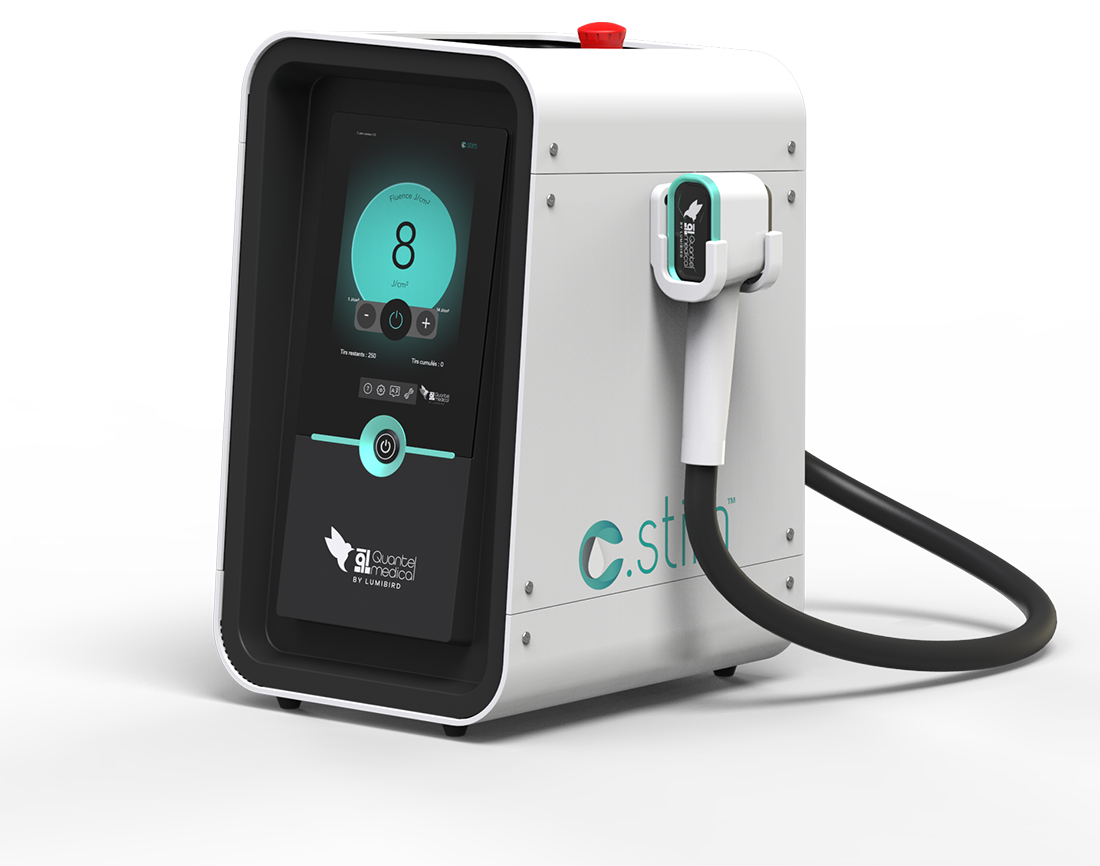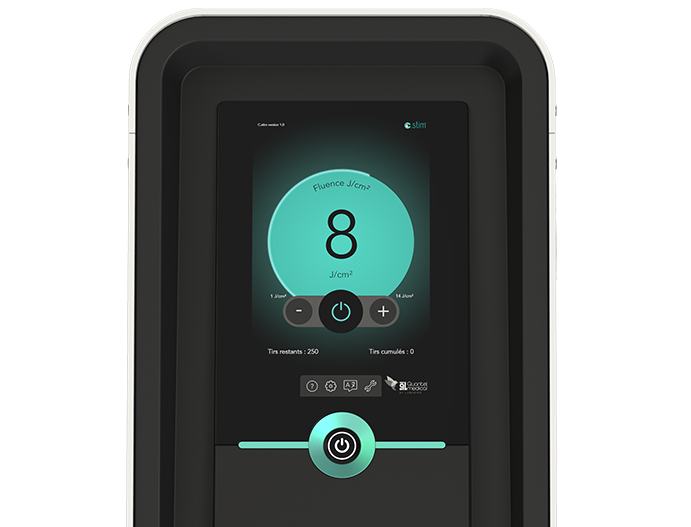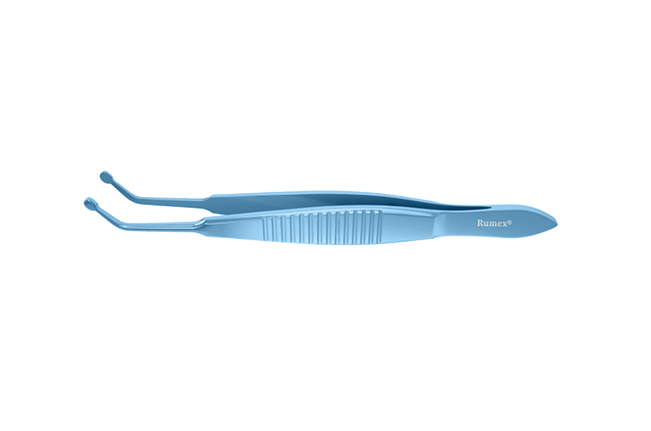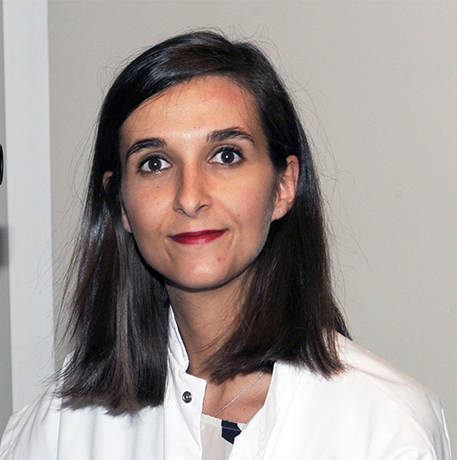Model still available in some countries according to local registration: LacryStim
For further information, please contact us.
C.STIM® and Stim-ULI™ are trademarks of Quantel Medical and Lumibird Medical.
All rights reserved.
Bibliography :
1. Parasympathetic Innervation of the Meibomian Glands in Rats – Mark S. LeDoux et al. – Investigative Ophthalmology & Visual Science, October 2001, Vol. 42, No. 11.
2. Characterization of the innervation of the meibomian glands in humans, rats and mice – Bründl, M. et al. Annals of Anatomy (2021), Vol. 233.
3. Neurotransmitter Influence on Human Meibomian Gland Epithelial Cells – Wendy R. Kam and David A. Sullivan – Investigative Ophthalmology & Visual Science, November 2011, Vol. 52, No. 12.
4. The Dopaminergic Neuronal System Regulates the Inflammatory Status of Mouse Lacrimal Glands in Dry Eye Disease – Ji, Yong Woo et al. Investigative Ophthalmology & Visual Science (2021), Vol. 62.
5. TFOS DEWS II Pathophysiology Report – Anthony J. Bron, et al. – The Ocular Surface, 2017, p 441 to 515.
6. The neurobiology of the meibomian glands – Cox SM, Nichols JJ – Ocular Surface, July 2014.
7. Multicenter Study of Intense Pulsed Light Therapy for Patients with Refractory Meibomian Gland Dysfunction – Reiko Arita, et al. – Cornea Volume 37, Number 12, December 2018.
8. Rosacea: Molecular Mechanisms and Management of a Chronic Cutaneous Inflammatory Condition – Yu Ri Woo, et al. International Journal of Molecular Sciences, September 2016.
9. Rosacea: Epidemiology, pathogenesis, and treatment – Barbara M. Rainer et al. – DERMATO-ENDOCRINOLOGY 2018, VOL. 9, NO. 1, e1361574 (10 pages).
10. Treatment of ocular rosacea – Edward Wladis et al. – Survey of Ophthalmology (2018), Vol. 63.
11. Improved telangiectasia and reduced recurrence rate of rosacea after treatment with 540 nm-wavelength intense pulsed light: A prospective randomized controlled trial with a 2-year follow-up – Luo, Y. et al. – Experimental and Therapeutic Medicine (2020), Vol. 19.
12. Therapeutic Effect of Intense Pulsed Light on Ocular Demodicosis – Zhang, X., et al. – Current Eye Research 2019, Vol. 3.
13. Intense Pulsed Light Therapy for Patients with Meibomian Gland Dysfunction and Ocular Demodex Infestation – Cheng et al. – Current Medical Sciences (2019), Vol. 39.
14. Long-term effects of intense pulsed light treatment on the ocular surface in patients with rosacea-associated meibomian gland dysfunction – Seo Kyoung Yul et al. – Contact Lens and Anterior Eye (2018), Vol. 41.
15. TFOS DEWS II Tear Film Report – Willcox Mark et al. – The Ocular Surface (2017), Vol. 15.
16. Intense Pulsed Light for the Treatment of Dry Eye Owing to Meibomian Gland Dysfunction – Vigo, L. et al. – Journal of Visualized Experiment (2019), N°146.
17. Meibum Expressibility Improvement as a Therapeutic Target of Intense Pulsed Light Treatment in Meibomian Gland Dysfunction and Its Association with Tear Inflammatory Cytokines – Choi, M. et al. – Scientific Reports (2019), Vol. 9.
18. TFOS DEWS II Pain and Sensation Report – Belmonte Carlos, et al. – The Ocular Surface (2017), Vol. 15.
19. Analysis of Cytokine Levels in Tears and Clinical Correlations After Intense Pulsed Light Treating Meibomian Gland Dysfunction – LIU, R et al. – American Journal of Ophthalmology (2017).
20. Effect of inflammation on lacrimal gland function – Driss Zoukhri – Experimental Eye Research, May 2006; 82(5): 885–898.
21. Aqueous deficiency is a contributor to evaporation-related dry eye disease – Charles W. McMonnies – Eye and Vision (2020) 7:6.
22. A retrospective study of the efficacy of intense pulsed light delivered by the Lacrystim® for meibomian gland dysfunction therapy - Marie‑Caroline Trone et al. - BMC Ophthalmology (2022) 22:335































